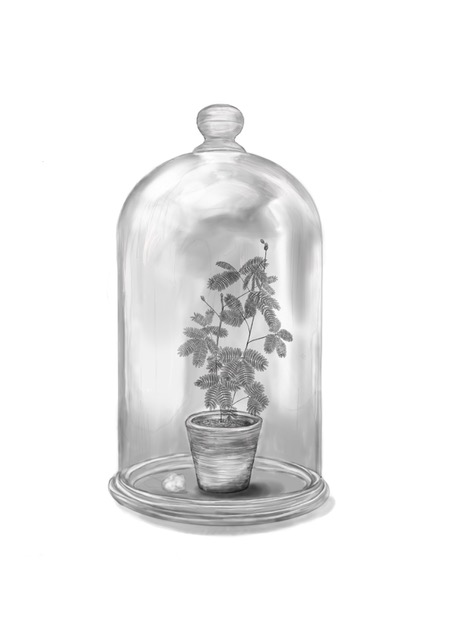
About Natalie:
Natalie Lawrence is an author and illustrator who explores our relationship with the natural world, looking through multiple lenses – from the biological to the psychoanalytic. She has a first-class MCantab in Natural Sciences and a MSc and Ph.D. in History and Philosophy of Science, all from the University of Cambridge. Her work on the cultural creation of monsters and how they allow us to relate to the world was the kernel of her next book on monsters and the imagination, Enchanted Creatures: Our Monsters and Their Meanings (Orion Books, 2024). She recently co-authored and illustrated Planta Sapiens: Unmasking Plant Intelligence, which has been published in eight languages worldwide. Her next project, which has to remain under wraps for now, will explore the world of psychedelics.
Natalie published her first book when she was a teenager, Feathers and Eggshells (Brambleby Books, 2005), inspired by her favourite place, Hampstead Heath and the birds she had been entranced by since she was young. She has given a TedX talk, appeared on BBC Woman’s hour, and worked with installation artists. She currently lives in London, teaches biology, and writes in a room filled with plants and specimens from her natural history collection, from megalodon teeth to hornbill skulls. Occasionally she is joined by live giant silkmoths.

“I worked with Jacqui very early on in my writing process, when I was very unsure of what I wanted to do or the voice I should use. I had chatted to a couple of publishers and agents, but felt really quite lost and unsure of myself. Jacqui was incredibly supportive and helped me to develop confidence in my ideas with some early drafts, which motivated me to take things to the next stage and go all-in with my book idea. She was immensely helpful, and I really enjoyed our time together.”
Planta Sapiens:
Natalie’s recent book, Planta Sapiens, was a collaboration with Paco Calvo who runs the Minimal Intelligence Lab at the University of Murcia. Building on years of his research, they asked the question ‘what is it like to be a plant’, and offered a bold new perspective on plant biology and cognitive science. While plants may not have brains or move around as we do, cutting-edge science is revealing that they have astonishing inner worlds of an alternate kind to ours. They can plan ahead, learn, recognise their relatives, assess risks and make decisions. They can even be put to sleep. Innovative new tools might allow us to actually see them do these things – from electrophysiological recordings to MRI and PET scans. If you can look in the right way, a world full of drama unfurls. Planta Sapiens challenges us to make an imaginative leap into a world that is so close and yet so alien – one that will expand our understanding of our own minds and our place in nature.
Linking projects:
Though the books I work on might seem disparate in nature, and they are in concrete content, what threads them together is the fascination with how humans interact with the world, especially nature. How do self-aware, imaginative apes with the capacity for symbolism make sense of the wonder, horror and complexity of reality? How do our inner and outer worlds interface? All of the projects that I take on approach these questions in some way, tugging on different threads of the rich fabric of nature into which we are inextricably woven. Our assumption that organisms such as plants have no interior experience of any kind, for example, is linked to our inability to identify sufficiently with them to project parts of ourselves onto them. The opposite is the case with the animals in our lives, who can be idealise babies or vilified monsters. We experience the world and everything in it through the lens of our own minds. It’s put brilliantly in one Talmudic tract: ‘We do not see things as they are. We see things as we are’. I am fascinated by all that follows from this.
New Book:
Enchanted Creatures: Our Monsters and Their Meanings
Orion Books
Enchanted Creatures:
Everyone has had a relationship with a monstrous creature at some point – maybe a long-fingered presence lurking under your childhood bed or a monster that came home with you from the cinema and took up residence in a shadowy corner. We no longer believe in monsters as people did in the past, or so we think, but we keep creating them, especially monstrous beasts. Enchanted Creatures explores what is behind our fascination and horror for monsters. It will delve into the deep histories of monsters from our earliest beginnings and the creation of the human world, through the ways in which they have helped us to deal with ourselves and live together, to the monsters that we still use to work out our fraught relationship with the natural world. It will show that we are animals, intimately engaged with other animals, that don’t really want to admit we are animals. The monstrous creatures we have created are really parts of us, beings shaped to help us handle being human. An (un)natural history of monsters is, really, a special kind of history of ourselves.









 Thomas R. Weaver
Thomas R. Weaver